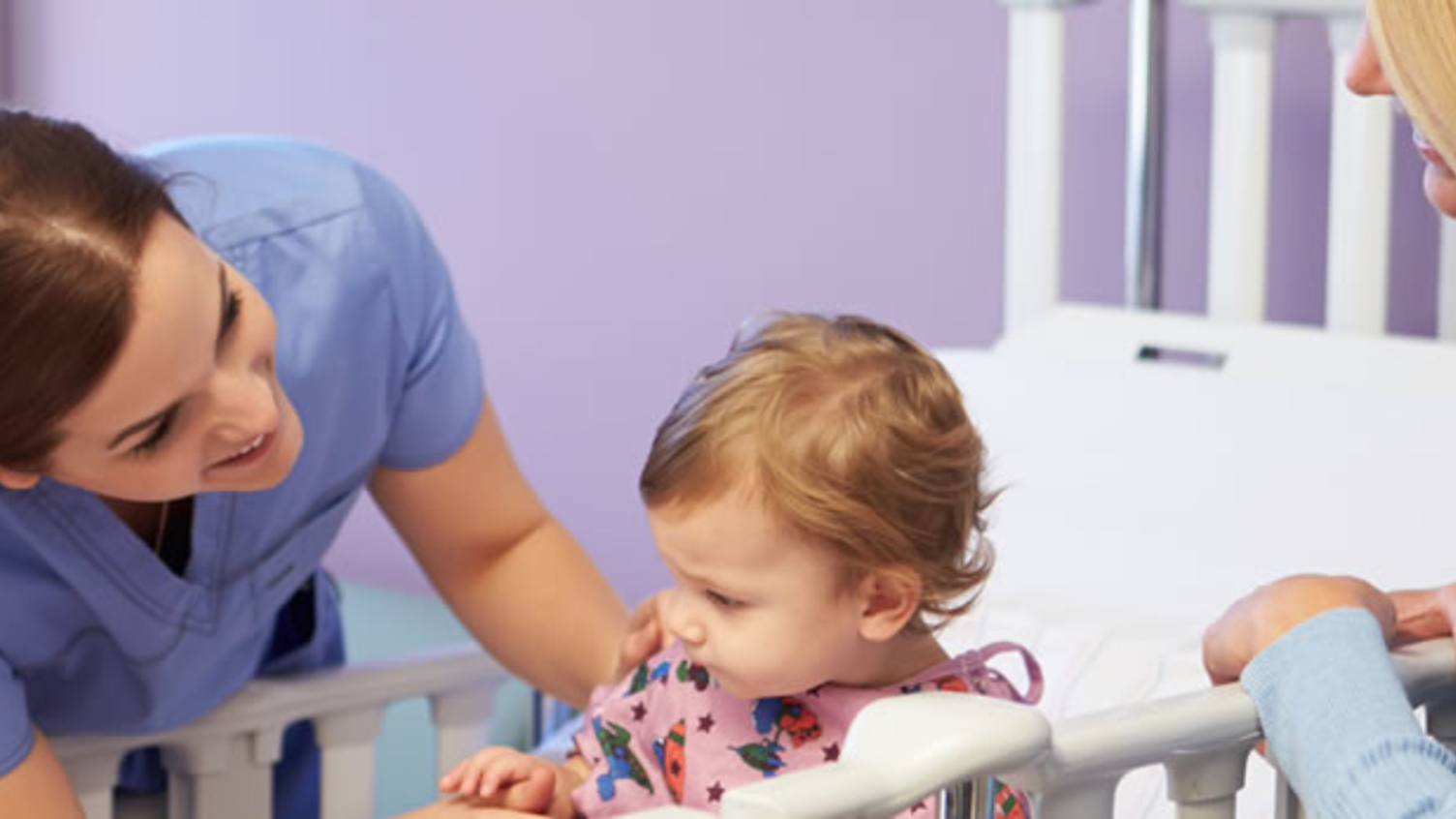Cleft Lip and Palate

About this PSP
An initial awareness meeting for the Cleft Lip and Palate PSP for interested patients, families and clinicians was held in Birmingham on Saturday 11 June 2011. This was followed by the launch of a survey to collect people's unanswered questions about cleft lip and palate. Over 300 people took part, generating over 600 unanswered questions, which were then processed and checked.
The resulting long list of 71 questions went forward for the interim prioritisation exercise. A shortlist of 26 questions was taken to the final prioritisation workshop held in Birmingham on Saturday 20 October 2012. At the workshop, adults with cleft lip and/or palate, parents of children with a cleft and healthcare professionals agreed a prioritised list of 12 unanswered questions about cleft for research to address.
The steering group of the PSP included representatives from the Cleft Lip and Palate Association (CLAPA), the British Association of Plastic Reconstructive and Aesthetic Surgeons (BAPRAS) and the Craniofacial Society of Great Britain and Ireland.
Steering group member Nicky Kilpatrick, Paediatric Dentist, said: “The Cleft Priority Setting Partnership is not only important for establishing the research priorities for us in this country but also a great opportunity to engage with patients and their families in a really meaningful manner, which will hopefully pave the way for a closer working relationship in the future”.
The Cleft Lip and Palate Top 10 was published in October 2012.
Key documents
Top 10 priorities
- What types of psychological intervention (individual therapy, community or school based) and at what time (from diagnosis to adulthood) are most helpful for patients with a cleft of the lip and/or palate and their families?
- What are the educational, employment and personal (eg relationships) outcomes for individuals with a cleft of the lip and/or palate during childhood, adolescence and in the long term?
- What is the best protocol for primary repair of both the lip and palate, including technique/timing and sequence?
- In individuals with a cleft of the lip and/or palate when is the most effective age to begin speech therapy?
- What is the best treatment for otitis media with effusion (glue ear) in individuals with a cleft of the lip and/or palate?
- Can stem cells be used to improve palate repair (both primary and secondary)?
- What interventions would enhance the educational outcomes for children with a cleft of the lip and/or palate?
- What is the impact of having a baby born with a cleft of the lip and/or palate on maternal/child attachment?
- What is the best way to manage infants with a cleft of the lip and/or palate undergoing primary surgery before, during and after hospital Eg. Fluids, pain control, antibiotics, probiotics, arm splints, feeding practices?
- What are the genetic and environmental causes of clefts of the lip and/or palate?
- How can we improve the diagnosis of cleft palate (without cleft lip)?
- What is the best way to prevent tooth decay in children with a cleft of the lip and/or palate?
The remaining questions discussed at the workshop were (in no order of priority):
- For infants born with cleft lip/palate what is the most effective care pathway for promoting mother/infant bonding?
- How can reflux be treated best in babies with cleft lip/palate?
- In individuals with cleft lip/palate what is the most effective speech therapy to eliminate cleft type speech characteristics?
- What are the factors that predict the psychological outcomes for individuals with cleft lip/palate?
- What can be done to improve the experience of families of a baby with cleft lip/palate at time of birth in hospital?
- What can be done to prevent cleft lip/palate?
- What exposures pre and during pregnancy increase the risk of having a baby with a cleft?
- What is the best feeding method for babies with cleft lip/palate, including those with syndromes (including breast feeding, nasogastric tubes and weaning times)?
- What is the heritability of cleft lip/palate?
- What is the impact of an antenatal diagnosis of cleft lip/palate on the mother, child and the family?
- What is the impact of parenting approach on the outcomes for children with cleft lip/palate?
- What is the most effective intervention for children with cleft lip/palate to minimise the impact of bullying?
- What surgical outcomes are important to patients with a cleft lip/palate and are they met?
Document downloads
To see more about the uncertainties identified for Cleft Lip and Palate see the document below